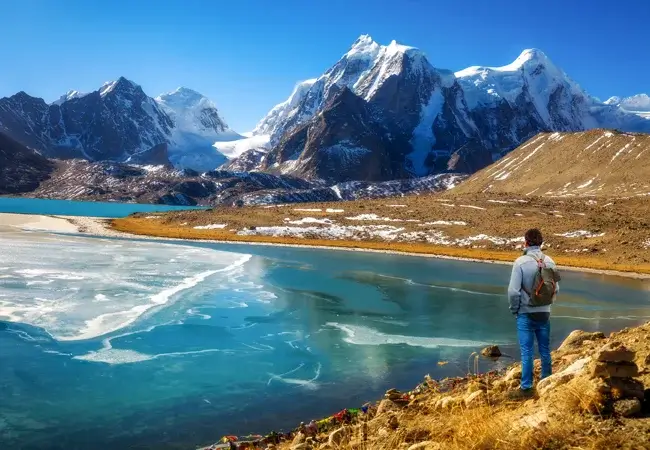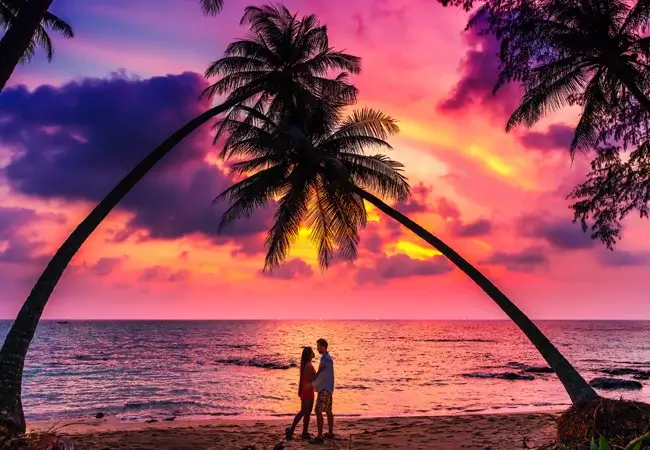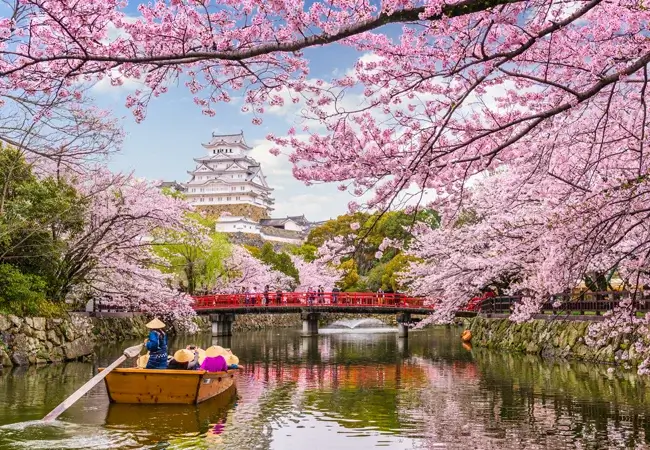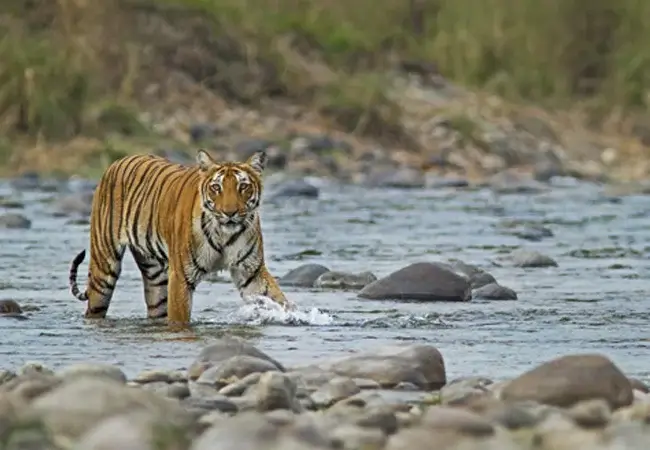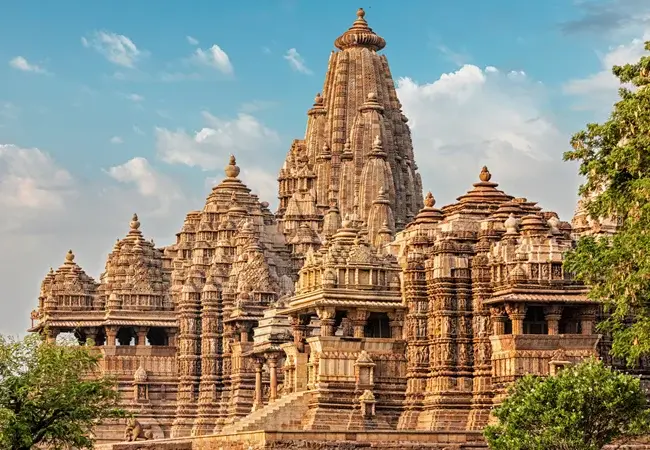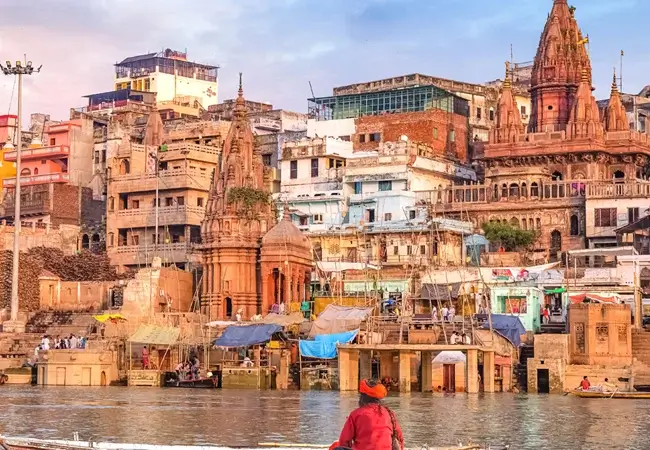Have you always been fascinated by places that are culturally and traditionally inclined? Are you looking for a place that can soothe your eyes and soul at the same time? Then what are you waiting for? Pack your bags and transport your body and soul to the pure and pious land of Gujarat- the birthplace of “The Father of the Nation”.
The number of days required to visit Gujarat depends on various factors such as your interests and availability. Since it is considered to be a diverse state with a wide range of attractions, including historical sites, cultural landmarks as well and wildlife sanctuaries, it may take you a week or two to cover up the primary locations. If you simply want to visit the major and popular cities of the state such as Ahmedabad, Vadodara, and Surat, you may wrap your trip up in 4-5 days. On the other hand, if you want to explore the Rann of Kutch, you need to invest at least 2-3 days for this unique and memorable experience. However, if you are somewhat religious and looking out to plan a spiritually blessed trip, you need to visit places like Somnath, and Dwarka, and for that, you have to spend 3-4 days.
Here are some of the most popular and famous places that you can visit in Gujarat:
This city has always been in the limelight from the time India was on its mission to attain independence from the British. Besides, it is considered to be the first city to be declared as India’s first UNESCO World Heritage City. It offers a seamless amalgamation of spectacular architecture of centuries-old mosques and contemporary avant-garde design. Since it is an integral part of Gujarat darshan, you must add it to your bucket list.
Ahmedabad is divided into two parts, cut into distinct sections by the Sabarmati River. Here are some of the top attractions of Ahmedabad:
Step into the legacy of Mahatma Gandhi at Sabarmati Ashram, a must-visit historical site in Ahmedabad. Located along the scenic Sabarmati River, this iconic place offers a glimpse into India’s freedom movement.
Top Attractions:
✔️ Hriday Kunj – Gandhi’s personal living space
✔️ Museum & Art Gallery – Rare artifacts, letters & photographs
✔️ Dandi March Memorial – Starting point of the historic protest
✔️ Library – 30,000+ books on history & politics
📍 Location: Ahmedabad, Gujarat
📅 Timings: 8:30 AM – 6:30 PM
💡 Entry: Free
Plan your visit today & relive history!
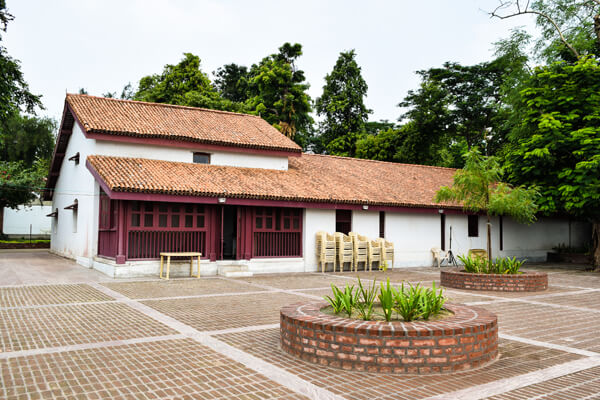
Experience the charm of Sabarmati Riverfront, a stunning urban space in the heart of Ahmedabad. Once a lifeline for locals, this monsoon-fed river now offers scenic promenades, cycling tracks, gardens, and recreational spaces, making it a top tourist attraction.
Why Visit?
✔️ Breathtaking River Views – Perfect for walks & photography
✔️ Boating & Water Activities – Enjoy a peaceful ride on the Sabarmati
✔️ Recreational Spaces – Lush gardens, cycling tracks & event zones
✔️ Cultural & Historic Significance – Once vital for trade & textile industries
📍 Location: Ahmedabad, Gujarat
📅 Timings: Open daily
💡 Best Time to Visit: Sunset for stunning views
Explore Sabarmati Riverfront & witness Ahmedabad’s transformation!
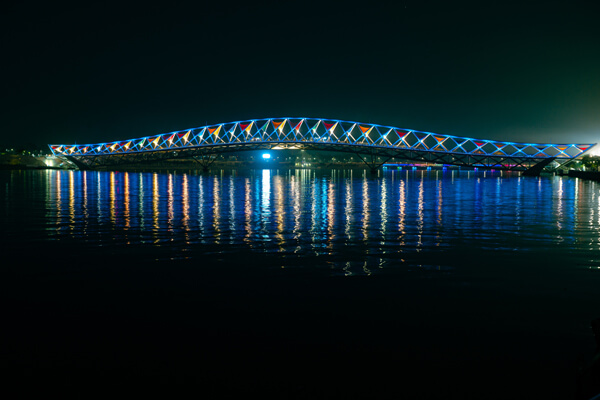
Step into history at Jama Masjid, one of Ahmedabad’s most iconic landmarks, built in 1423 by Sultan Ahmed Shah. Known for its grand architecture and spiritual significance, this mosque is a must-visit for travelers exploring Gujarat.
Why Visit?
✔️ Stunning Architecture – A blend of Islamic and Hindu styles, built with yellow sandstone from ancient temples.
✔️ Historic Legacy – A masterpiece from the Sultanate era, offering a glimpse into Ahmedabad’s rich past.
✔️ Serene Atmosphere – A peaceful space where devotees gather for Friday prayers.
📍 Location: Ahmedabad, Gujarat
📅 Timings: Open daily
💡 Best Time to Visit: Early morning or evening for a tranquil experience
Discover the grandeur of Jama Masjid – a symbol of Ahmedabad’s cultural heritage!

Why Visit?
✔️ Architectural Masterpiece – Stunning Indo-Islamic carvings & intricate stepwell design.
✔️ Cultural & Spiritual Significance – A historic site where locals perform rituals.
✔️ Annual Water Festival – A vibrant celebration with music & cultural performances.
📍 Location: Adalaj, near Ahmedabad, Gujarat
📅 Timings: 6:00 AM – 6:00 PM
💡 Best Time to Visit: Winter months for pleasant weather
Step into history & witness Gujarat’s architectural brilliance!
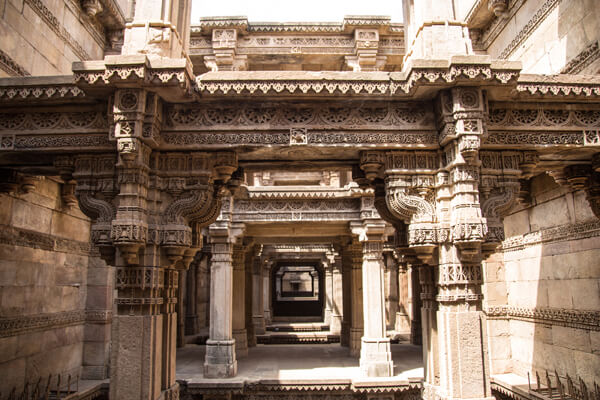
Gujarat has received worldwide recognition and popularity for its ancient and celebrated temples. It is known to be one of the most desirable tourist places in the world due to the presence of temples that add a Midas touch to its charm. If you are looking for the most astounding temples of Gujarat to add to your “Gujarat Temple Tour” list, then you must consider Swaminarayan Akshardham and Sun Temple, Modhera.
The word “Akshardham” means the divine abode of God. It is a pure and pious place where you can offer your prayers and devotion, thereby facilitating the way to connect with the almighty. This temple is occupying a major portion of the city of Gandhinagar and is a humble tribute to Bhagwan Swaminarayan (1781-1830) and the avatars, devas, and sages of Hinduism. There are approximately 200 idols inside the temple, representing spiritual stalwarts from over many millennia. Each prayer offered in this temple is a baby step closer to God. A visit to Swaminarayan Akshardham Temple is a life-altering experience where you will find yourself spiritually inclined and surrounded by positivity only.
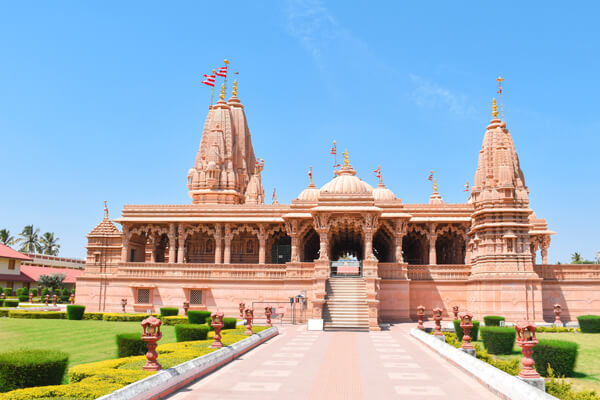
This temple is dedicated to Lord Surya (the solar deity), located in the Modhera district of Gujarat. Bhima I of the Chaulukya dynasty is credited with the construction of this temple but now people don’t offer any worship here and is a protected monument maintained by the Archeological Survey of India. The temple is mainly divided into three compartments- the shrine hall, the assembly hall, and the reservoir, which has steps to reach the bottom and numerous small shrines.
Interestingly, this temple hosts an annual 3-day dance festival called Uttaradha Mahotsav during the third week of January, following the festival of Uttarayan. Here, dancers mainly present classical dance forms.
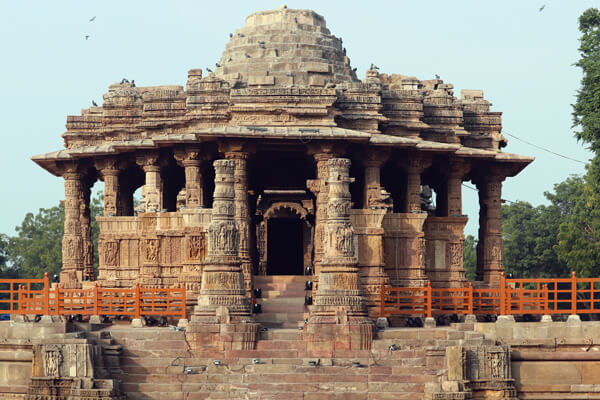
This city used to be very popular during the period of the Chalukya dynasty or Solankis of Patan. There is a stepwell called the Rani ki vav (Queen’s step well) which was constructed during that time and is a richly sculptured monument. This step well was built by Udaymati in memory of her husband Bhima I (1022-1063). Moreover, there is a small gate below the last step of the step well, having a 30 km tunnel that is now blocked using stones and mud. It is to be noted that this stepwell is the oldest and the deepest out of the 120 other step wells located in Gujarat. It holds the record of being on the list of UNESCO World Heritage Sites in the year 2014.
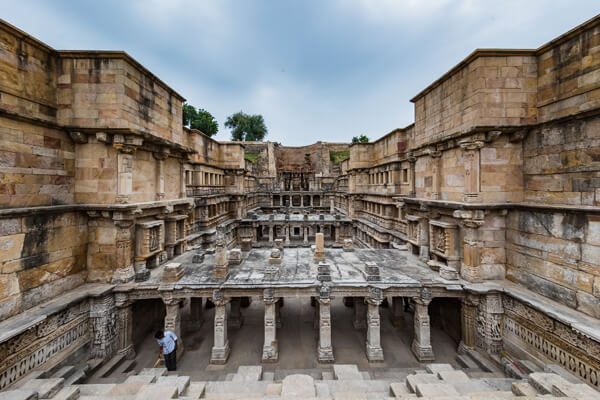
It is considered to be still the residence of Vadodara’s royal family. This palace is spread across an area of approximately 500 acres and also holds the record of being the largest private home built to date and four times the size of Buckingham Palace. The well-maintained interior, elegant mosaics, breathtakingly beautiful chandeliers, and artwork are enough to keep you engaged all the time while visiting the palace.
There is a stepwell in the premises called the Navlakhi stepwell which is a window to the ancient water resource system built by the then Kings of Gujarat. Besides, this palace also houses the Moti Bagh Cricket Ground, the offices of the Baroda Cricket Association, and a rare indoor teak floored tennis court as well as a badminton court.
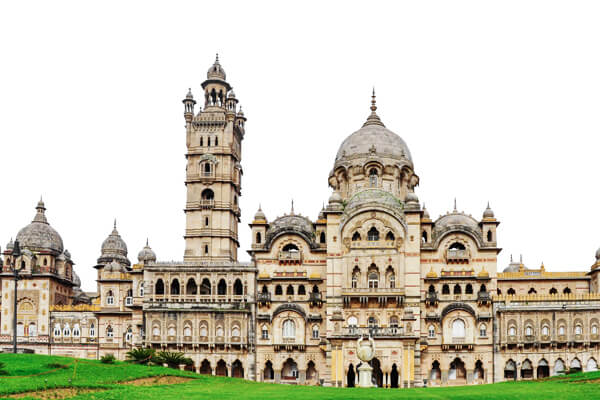
This statue has been built in loving memory of the Iron Man of India- Sardar Vallabhbhai Patel, who was also the first home minister of independent India. It holds the record of being the World’s tallest statue which was inaugurated in the year 2018. It is a tribute from the people of Gujarat to the leader who prioritized people during his lifetime.
The Statue of Unity stands strong and proud on the Sadhu Bet hillock, connected by a 300-metre bridge, which offers access from the mainland to the statue. Visitors can also enjoy the light and sound show using laser technology projected on this statue that takes place every evening except Monday.
- The people of Gujarat have perfected the art of vegetarian cooking and their cuisine is the proof of it. To taste the excellent vegetarian Gujarati cuisine, one needs to have the Gujarati Thali Meal- the ultimate delightful vegetarian fare.
- Seasonal specialties include Aamraas (Mango pool) is commonly served during summer.
- Besides vegetarian dishes, the Muslim community, the tribal groups like the Bohras and Khojas offer special non-vegetarian cuisine. Also, Saurashtra’s garlic spice mixture- a combination of garlic, red chillies, and salt pounded together, which adds extra flavour.
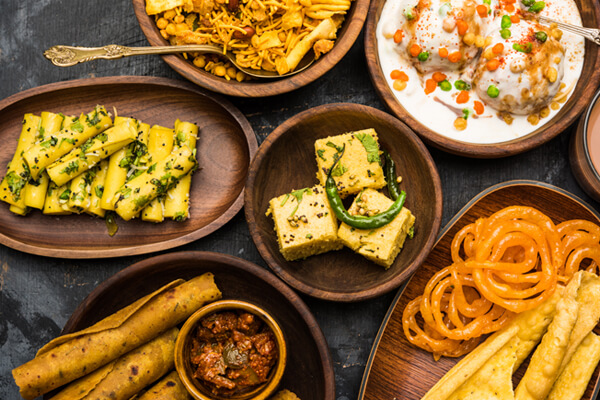
- Diverse Itineraries: From the bustling streets of Ahmedabad to the serene landscapes of the Rann of Kutch, our packages are designed to offer a comprehensive experience of Gujarat's multifaceted attractions.
- Cultural Immersion: Visit iconic sites like the Sabarmati Ashram, where Mahatma Gandhi led the freedom movement, and marvel at the architectural splendor of the Sun Temple at Modhera.
- Spiritual Sojourns: Explore sacred destinations such as the Dwarkadhish Temple in Dwarka and the Somnath Temple, both integral to India's spiritual heritage.
- Wildlife Adventures: Experience the thrill of spotting Asiatic lions in their natural habitat at Gir National Park.

The ideal period to explore Gujarat is from November to February, offering pleasant weather suitable for sightseeing and outdoor activities. This season also coincides with cultural festivals like the Rann Utsav, enhancing your travel experience.
At Safaar, we understand that every traveler is unique. Our team is dedicated to tailoring packages that align with your interests, ensuring a personalized and memorable journey.
Discover the essence of Gujarat with Safaar's expertly crafted tour packages. Contact us now to plan your trip and create lasting memories in the Land of Legends.






